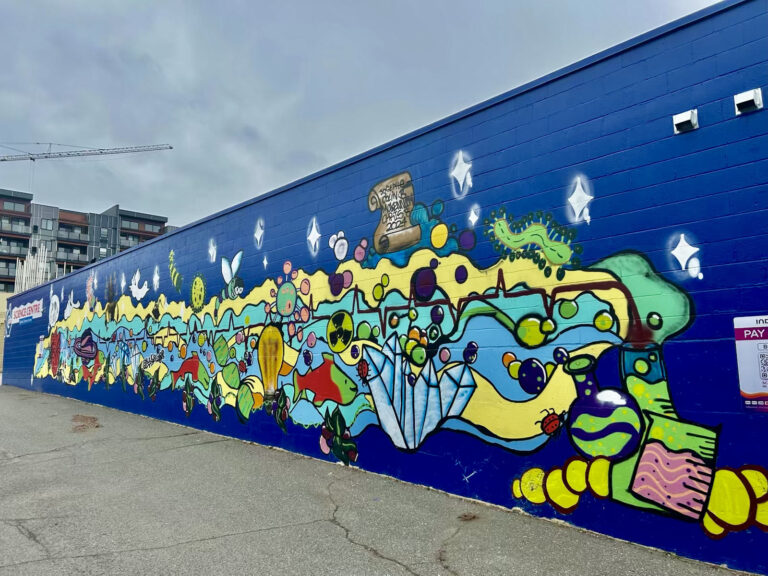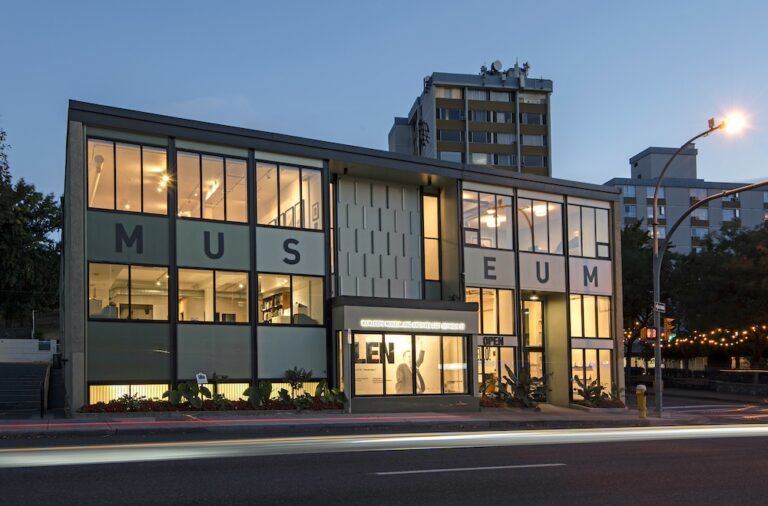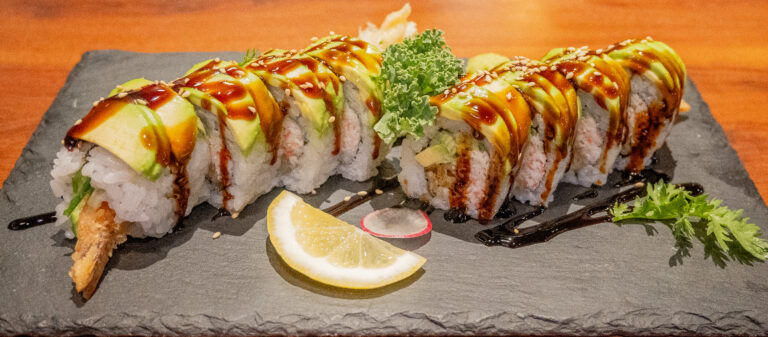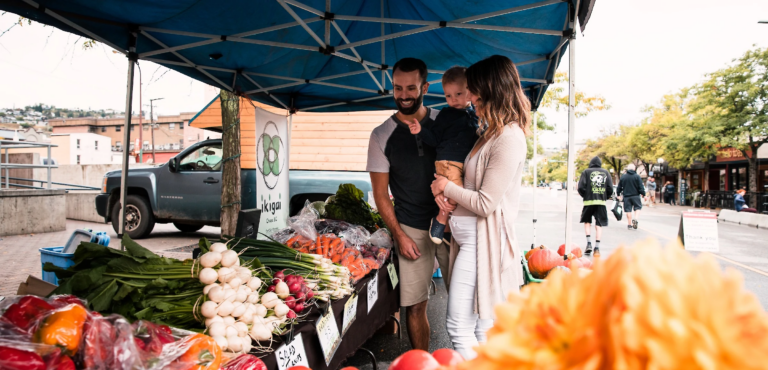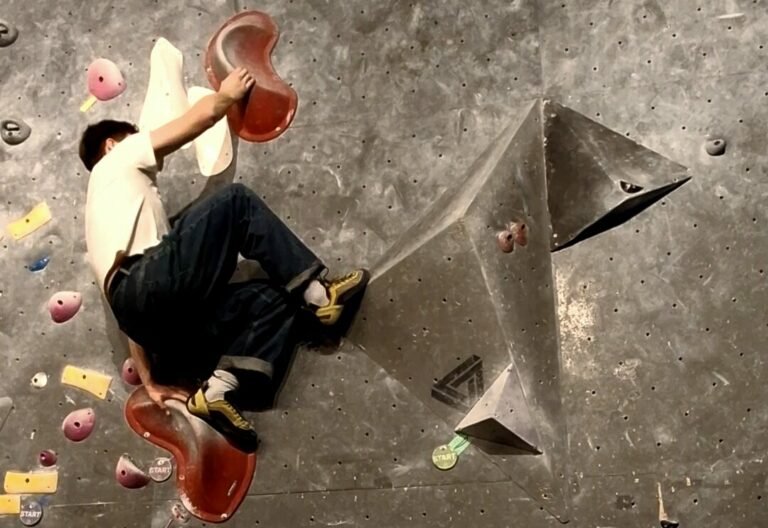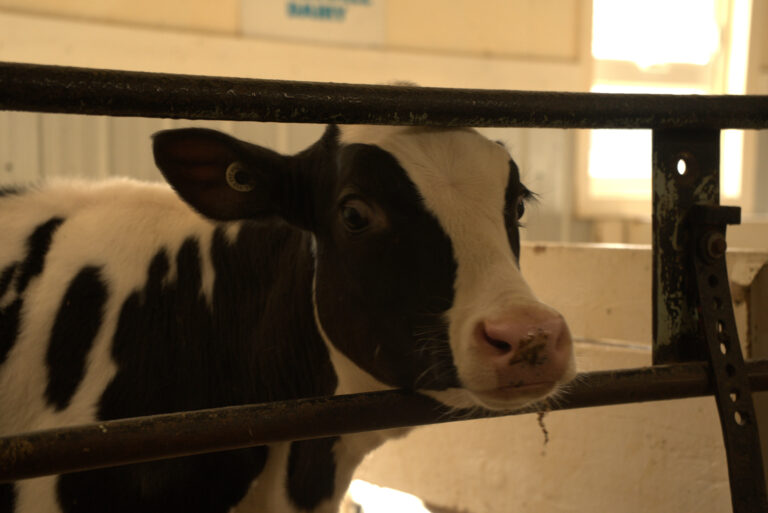Author: Meghna Kamboj
The Community
Kite flying is a beloved tradition in many Asian cultures, particularly in India, China, and Indonesia. This event aims to bring together Kamloops residents, both newcomers and long-term locals, to celebrate cultural diversity through an interactive and nostalgic activity. By engaging in this tradition, participants can forge new social connections, develop a sense of belonging, and take pride in Kamloops as a welcoming and inclusive city. Kamloops is home to a sizable and growing Asian community, contributing significantly to the city’s cultural fabric.

According to Statistics Canada, as of the most recent census, approximately 10% of Kamloops’ population identifies as part of an Asian ethnic group. The Indian, Chinese, and Filipino communities are particularly well-represented, with Indian immigrants being among the fastest-growing demographic groups in the city.
The history of Asian communities in Kamloops dates back to the late 19th and early 20th centuries, when Chinese laborers were brought in to work on the Canadian Pacific Railway. Over time, these early settlers laid the foundation for a vibrant and diverse cultural presence in the city. In more recent decades, increased immigration from South Asia and Southeast Asia has further enriched Kamloops’ social and cultural landscape. Through the shared experience of kite flying, participants can engage in meaningful cultural exchange, strengthen community bonds, and foster a deeper sense of connection within Kamloops’ multicultural society.
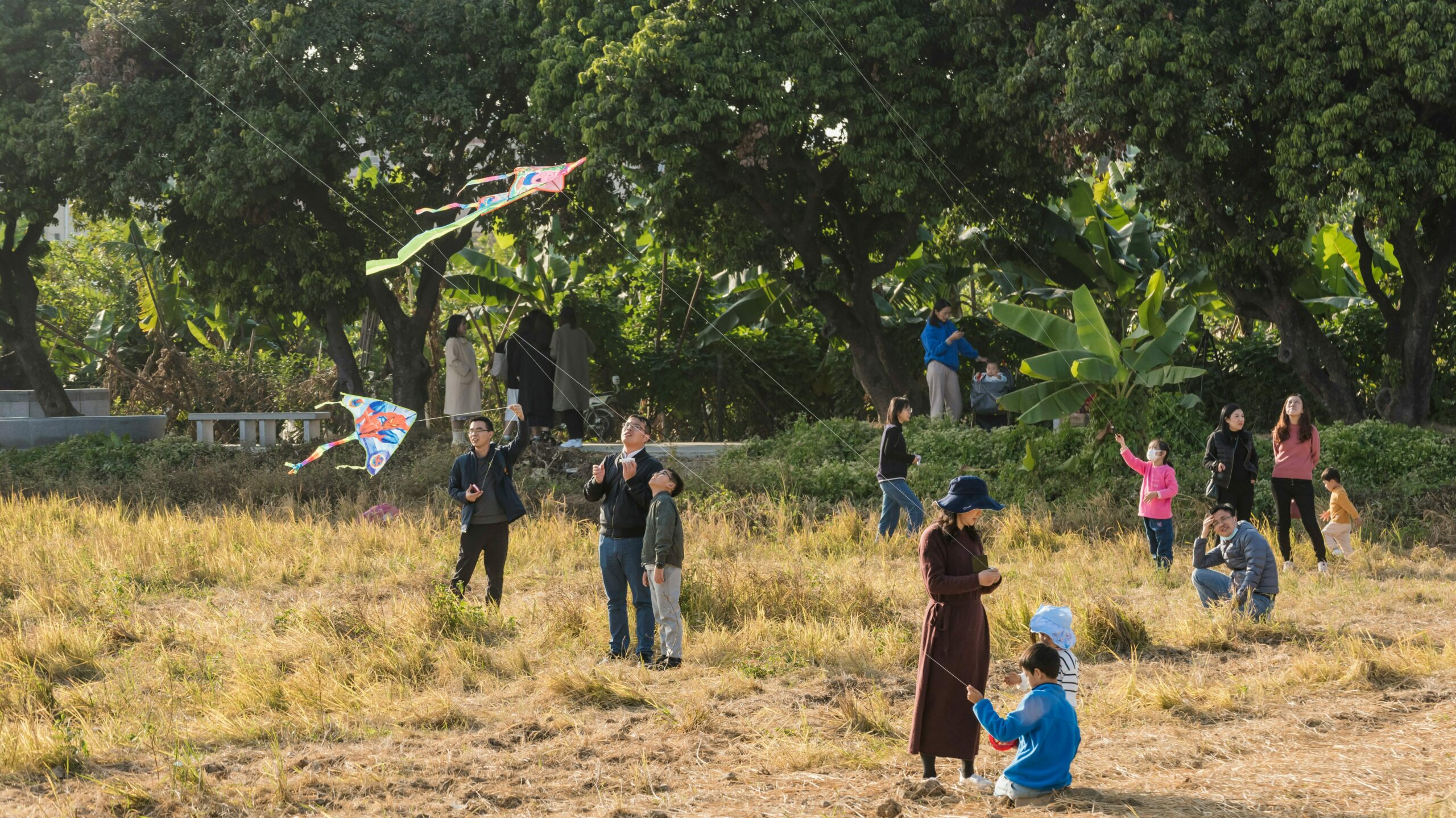
The Opportunity
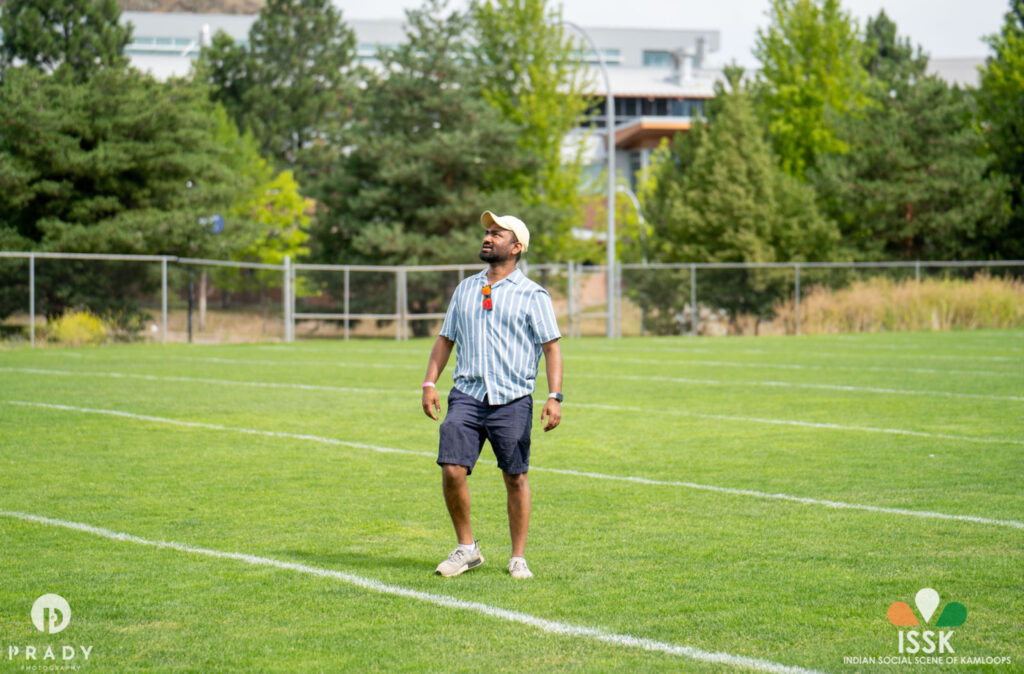
Hosting this kite flying event presents a unique and timely opportunity to celebrate Kamloops’ cultural diversity while fostering deeper community connections. I, alongside Pradeep Rao, a member from the Indian Social Scene of Kamloops (ISSK (@issk_affairs) • Instagram photos and videos) and five volunteers, will organize and facilitate this small-scale event. It will accommodate up to 20 participants, ensuring an intimate and engaging experience where each participant will have their own kite to work with. The event will be held at Riverside Park, a scenic and central location ideal for outdoor gatherings and easily accessible to both residents and visitors.
The event will be self-sustaining through a $20 participation fee, which I calculated based on the cost of materials and refreshments. This fee will cover pre-made kites (for backup purposes), frame and sail materials, adhesives, a spool of thread, decorations, and a snack sourced from a local Indian grocery store- Daana Paani (Daana Paani (@daanapaanigrocers) • Instagram photos and videos, reinforcing the event’s cultural focus and supporting local businesses. By setting a modest fee, I aim to make the event financially accessible while ensuring that all costs are adequately covered.
Budget Breakdown:
| Category | Cost ($) | Notes |
| Materials for kite making | $90 | $17.99 pack of 4 (5 packs required – Walmart) |
| Snacks and Drinks | $120 | $6 per participant (20*6) |
| Backup Kites | $86.58 | 50 pre-made kites – Etsy |
| Gift cards | $90 | $30 gift cards for 3 winners for Daana Paani |
| Total estimated expenses | $386.58 | |
| Participating fee (individual) | $20 | per person |
| Participating fee (family pack for 4) | $65 | deal for small families |
| Total expected revenue | $385 | ~16 individual participants and a family |

By designing this event for both Kamloops residents and visitors, I aim to provide a meaningful experience that strengthens community ties and promotes cultural understanding. The skill of kite-making and kite-flying is an intangible cultural asset within the Asian community, representing creativity, cooperation, and heritage. This event will not only introduce participants to a culturally significant tradition but also create a platform for cross-cultural dialogue and mutual respect.
The Experience
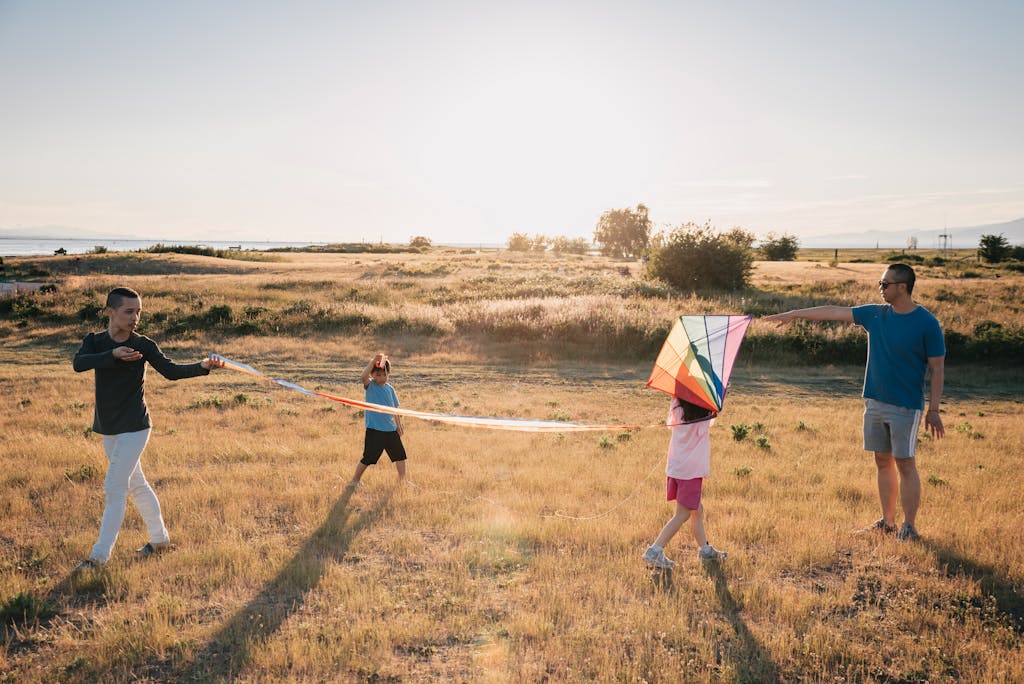
This event will offer a structured yet engaging experience, thoughtfully designed to balance learning, creativity, and friendly competition. It will take place from 9:30 AM to 12:30 PM in the spring at Riverside Park, a scenic and central location with open spaces ideal for kite flying. Participants will experience a well-paced progression of activities, ensuring they remain engaged throughout the session.
Arrival and Setup (First 30 Minutes)
Participants will arrive and check in at a registration table, where they will receive a welcome package including a spool of thread, basic kite instructions, and a refreshment such as a traditional Indian snack like samosas or pakoras and a pack of juice. A brief introduction will follow, where Pradeep Rao will share the cultural significance of kite flying, particularly in Asian traditions, and introduce the team of volunteers, who will then guide everyone in kite making and flying. This opening session will set the tone, encouraging a sense of community and excitement.
Kite Making Session (50 Minutes):
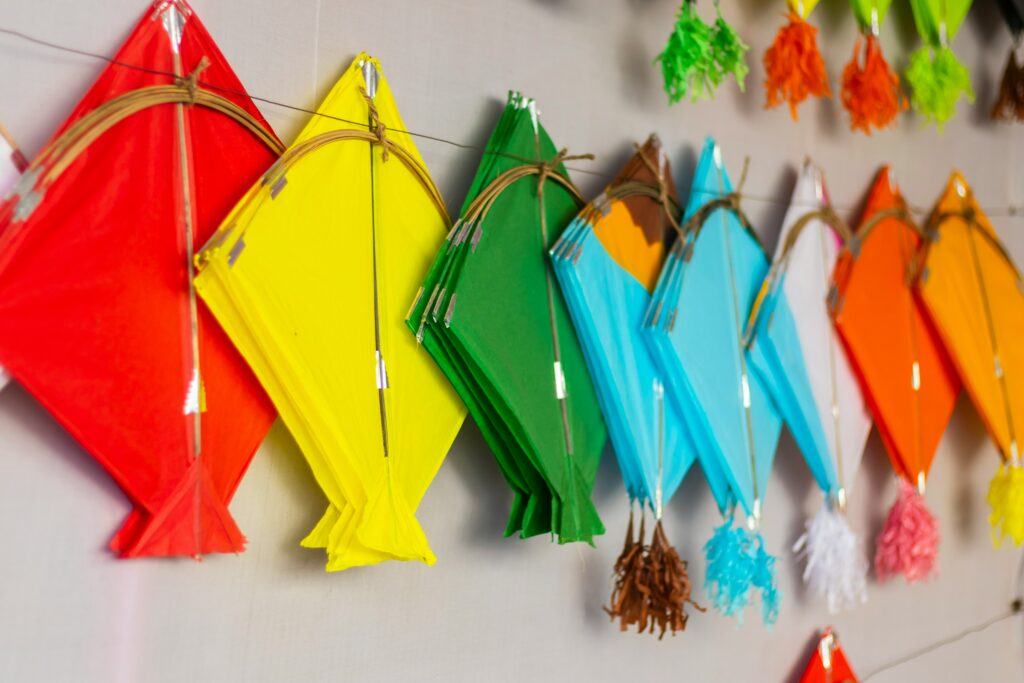
Participants will have the option to either:
• Build their own kite using provided materials such as the kite-making kits. Volunteers will be available to provide guidance and answer questions. If you want to learn how to make a kite here is an easy tutorial.
• Receive a pre-made kite, if the participants experience difficulty during the construction process.
Each participant will have access to materials to create a simple diamond-shaped kite, which is easy to assemble and suitable for a range of skill levels. Backup kites will be available to ensure that everyone has a functional kite for the next phase. This hands-on experience will give participants a chance to engage creatively while connecting with a cultural tradition.
Kite Flying and Technique Instruction (30 Minutes):
After the kite-making session, participants will gather for a demonstration of traditional kite flying techniques. I, along with the member from the Indian Social Scene of Kamloops, will provide a step-by-step guide on how to launch and control a kite, including adjusting the bridle and handling different wind conditions. Participants will then spread out and practice their skills, with volunteers assisting where needed. This part of the session will focus on building confidence and encouraging participants to enjoy the process of mastering kite flying.
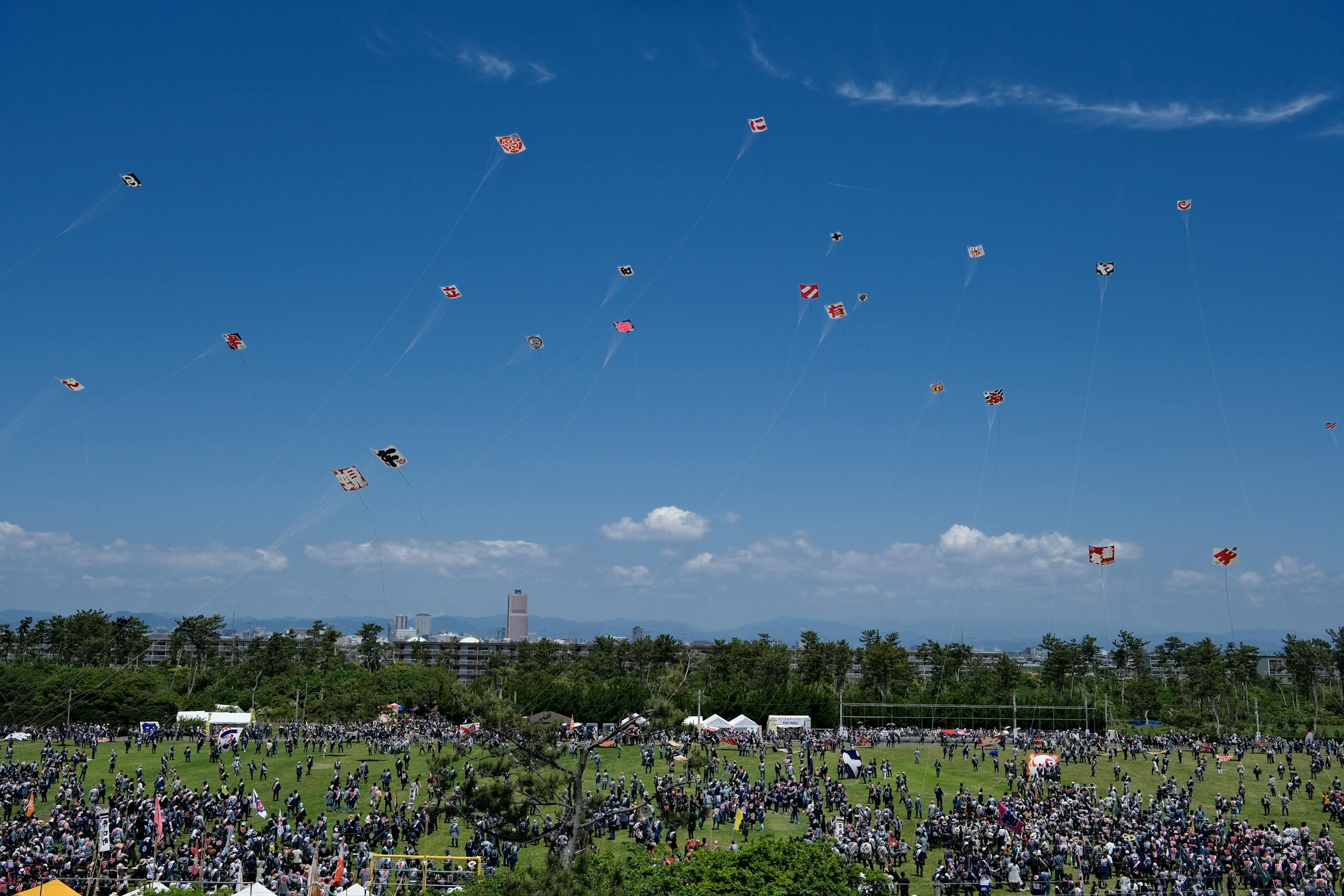
The Competition (40 Minutes):
Once everyone is comfortable flying their kites, the event will transition into a friendly competition. Participants will compete in three categories:
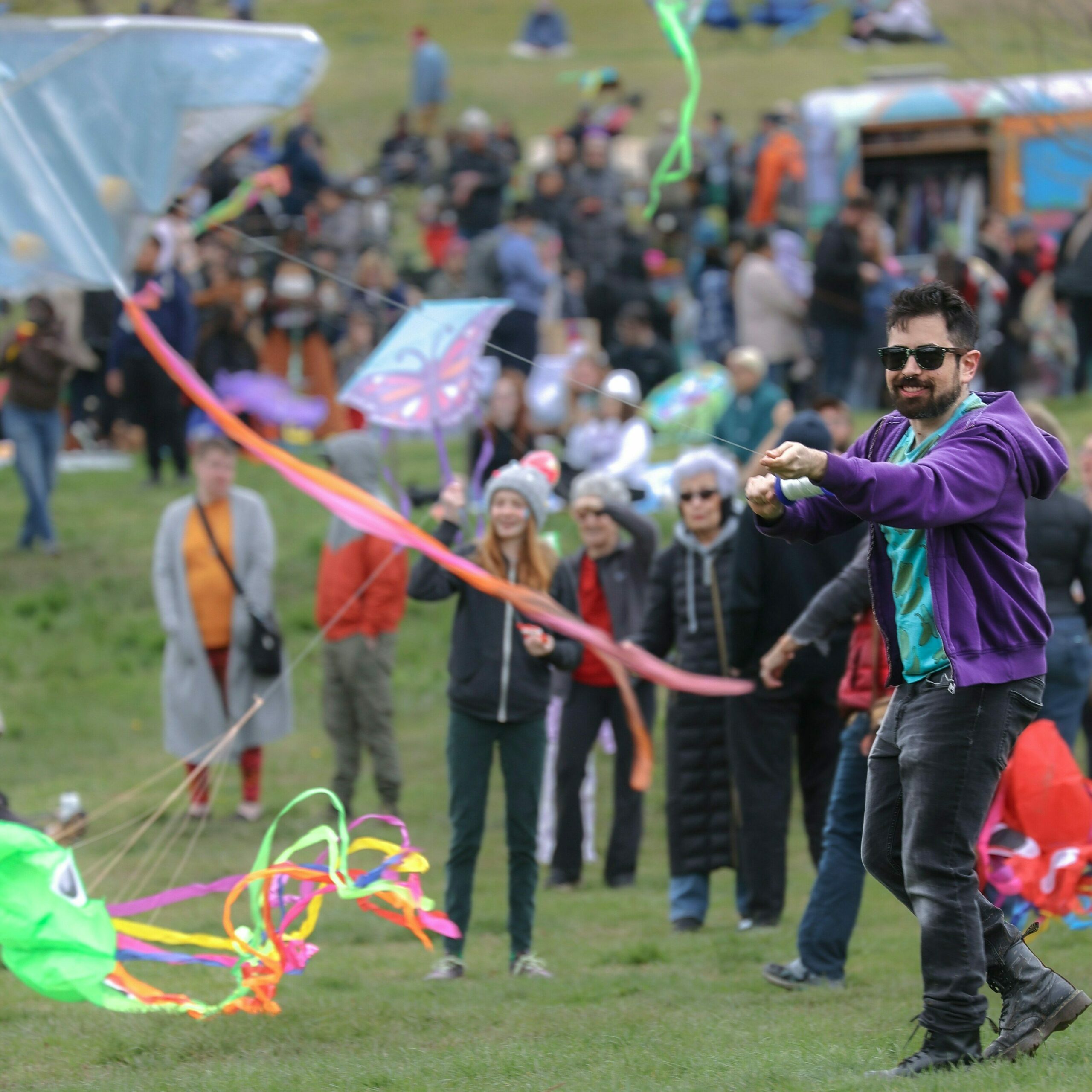
1. Longest Flight – Whose kite stays in the air the longest?
2. Highest Flight – Whose kite reaches the highest altitude?
3. Best Design – A panel of volunteers will judge based on creativity and cultural inspiration.
Winners will receive small prizes, such as gift cards to local businesses or culturally themed items, reinforcing community ties and supporting local commerce. The competition will add an element of excitement and motivation while encouraging participants to engage more deeply with the activity.
Closing and Reflection (30 Minutes):
The event will conclude with a short closing ceremony where winners will be recognized, and participants will have the chance to share their experiences. I will offer a brief reflection of the whole event and how it relates to themes of creativity, freedom, and community. Participants will be encouraged to keep their kites as mementos, symbolizing the shared experience and the cultural connection they have gained.
The Small Tourism Effect
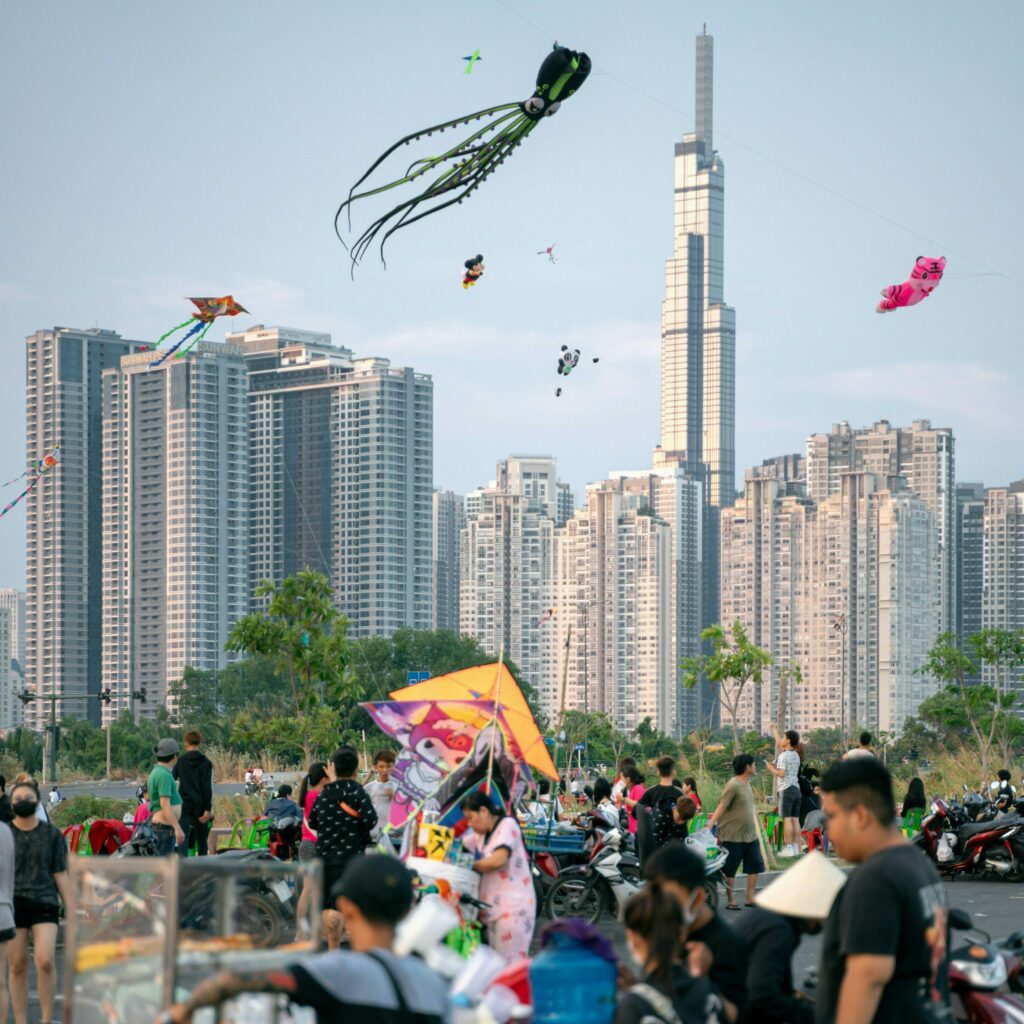
Ho Chi Minh City, Vietnam
This kite flying event reflects the essence of small and creative tourism by offering an intimate experience that combines cultural learning, hands-on engagement, and community connection. Small tourism focuses on meaningful, locally rooted experiences that allow direct interaction with cultural traditions, and this event embodies these values effectively. It creates a space where participants can engage meaningfully with both the local community and broader cultural traditions, ensuring that the impact extends beyond the event itself.
• Cultural Knowledge Transfer: Along with learning the useful skills of building and flying kites, participants will also gain knowledge of the rich cultural background of the custom. Flying a kite is a symbol of creativity, independence, and a strong bond with nature in many Asian communities. By giving Kamloops locals and visitors, a chance to participate in traditional customs, this event promotes respect for Asian heritage and intercultural understanding.
• Experiential Participation: This event will provide an interactive and hands-on approach, in contrast to passive tourism experiences. In addition to building and flying their own kites, participants will receive instruction from knowledgeable facilitators on traditional flying methods. By actively participating, participants can emotionally connect with the activity and its cultural context, making the experience memorable and meaningful.
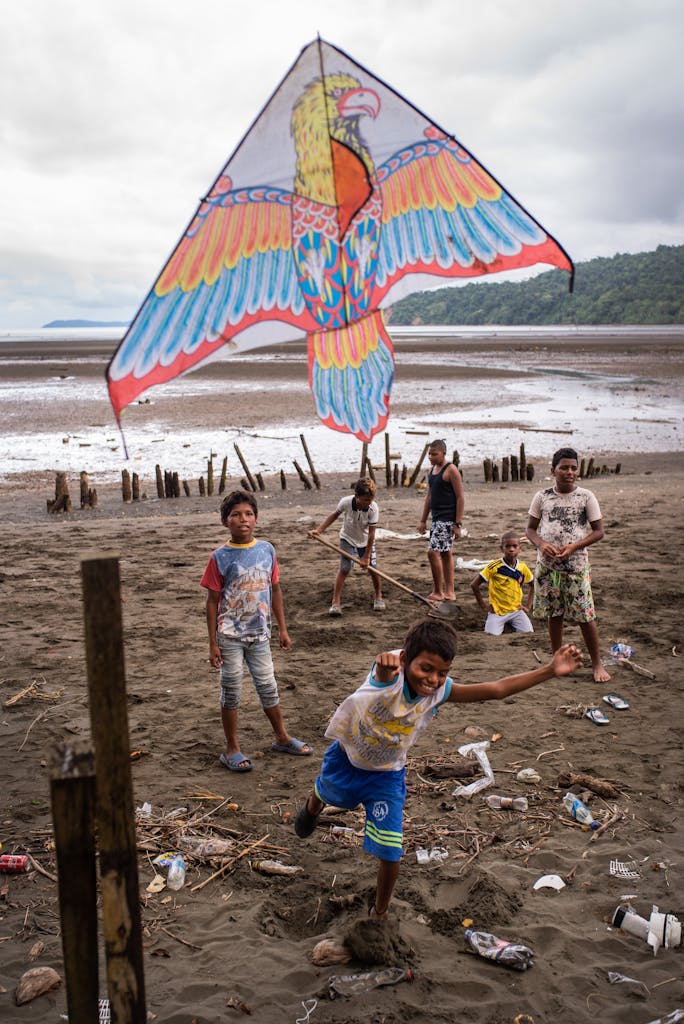
• Collaborative Engagement: The event will create a platform for meaningful collaboration among local stakeholders. Local businesses will be involved in supplying materials and refreshments, reinforcing ties to the community. Volunteers, including members of the Indian Social Scene of Kamloops, will play an active role in guiding participants and sharing cultural insights. This collaborative effort will strengthen local networks and promote a sense of shared responsibility in creating a welcoming and culturally vibrant community.
• Cultural Sustainability: By bringing the kite flying tradition to Kamloops locals, the event helps to nurture and preserve a significant cultural practice. Although customs like kite flying are frequently handed down through the generations, they run the risk of disappearing if deliberate measures are not taken to preserve them. This occasion offers a chance to inspire participants to adopt this custom into their own family or community customs in addition to spreading awareness of it to a larger audience. Making and flying a kite becomes more than just a pastime; it becomes a representation of cultural renewal and preservation.
Featured image is clicked by Agnieszka Ziomek on Unsplash
